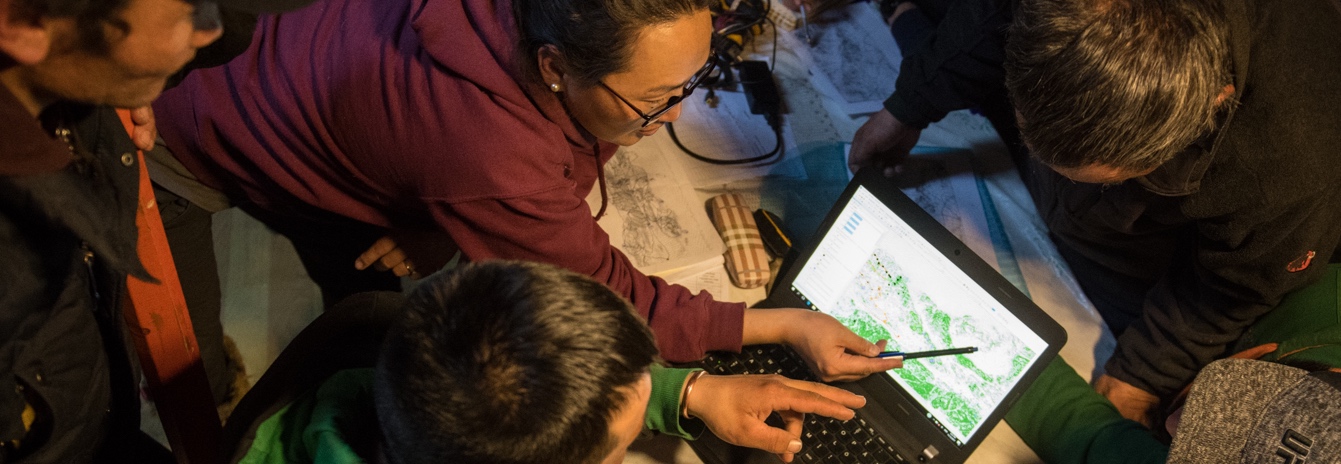
GSLEP Priorities
What we do to achieve our goals
Combatting Illegal Wildlife Trade and Poaching
Disrupting poaching and illegal trade of snow leopards and their prey species across national borders and sectors, including reduction of demand and enforcement of existing wildlife laws.
Community-based conservation
Engaging local communities in conservation, including promoting sustainable livelihoods, and addressing human-wildlife conflicts.
Resource Mobilization
The funding needed to support the conservation of snow leopards and their habitat across their range over the seven-year GSLEP program was estimated by the 12 snow leopard range countries to total about US$190 million for the period of 2014 to 2020. Work is being done to raise funds to meet this need.
Climate Smart Management Planning
Climate-smart management planning to help people and wildlife build climate resilience and adapt to changes.
Capacity Building
Building capacity and enhancing conservation policies and institutions through knowledge exchange and communities of practice, communication, and cooperation among stakeholders for snow leopard conservation.
Encounters with snow leopards
People and snow leopards share space across the range. This can lead to a number of human-snow leopard interactions. Find out more.
Research and Monitoring
Research and monitoring to evaluate and map current status of key snow leopard habitats and populations
Business and Industry
As the Asian economy grows, its infrastructure will expand manifold. This expansion will put severe pressure on habitats and wildlife. Such pressures are endangering several species, many of which are being pushed towards extinction.
Infrastructure
Can Asia’s aspiration to double infrastructure investment be met without damaging its biological heritage and iconic species like the snow leopard or the ecosystem services at the foundation of its economies? At the same time, can Asia ensure that the quality and viability of this infrastructure is secure over the long term – not undermined by the costly natural hazards increasingly caused by climate change?
Management Planning
Securing 20 landscapes for snow leopards by 2020 is the overarching goal of GSLEP. In order to secure these landscapes, it is essential that Management Plans be created and implemented in consultation with all relevant stakeholders.
Trans-boundary Management and Enforcement
Transboundary management and enforcement to improve coordination between range countries and combat wildlife trafficking
Education
Conservation of the snow leopard and snow leopard landscapes requires a supportive constituency of communities and individuals. Environmental education is one means of building support and creating awareness amongst children and young people for the long term.


